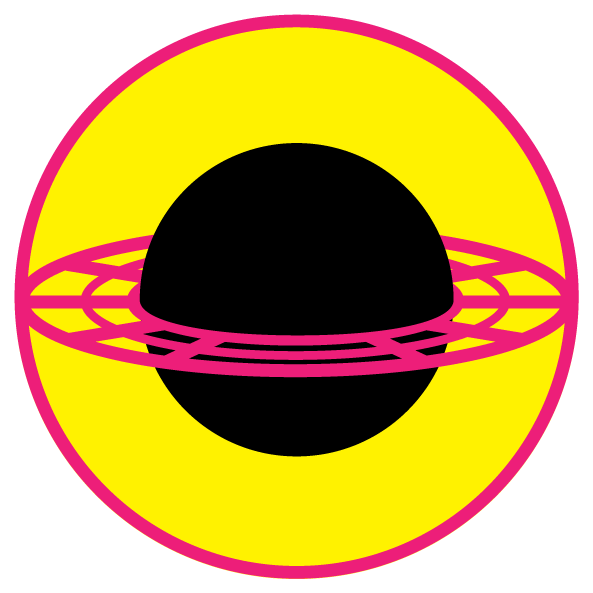Here we are now at the middle of the fourth large part of this talk.
•
• get nowhere
• more quotes
space + pixels
places to go
nobody to see
nobody to see
A map of the universe
·
If you like space, you'll love my the 12,000 billion light-year map of clusters, superclusters and voids. Find the biggest nothings in Boötes and Eridanus.The largest map there is shows the location of voids and galaxy superclusters in our visible universe.
Ultima Thule
very last stop
very last stop
The Solar System (20 July 2019)
Planets, satellites, comets, asteroids. Mysterious space bodies or kinetic collision junk?
From 2005 UR at 0.27 A.U. to Eris at 96.0 A.U., explore 772,063 places and objects in our solar system as they are positioned on 20:18 UTC on 20 July 2019. If you want to see the layout on another date, try the Cosmic Calendar.
None of the scaling is linear—a mix of log and power scaling is used. The region of the asteroid belt at around 2.4 AU and the Kupier belt at around 40 A.U. is expanded.

▲ The solar system map shows planets, satellites, comets and asteroids. All objects except for comets are drawn proportionally to their diameter, albeit in a non-linear funky way. Labels are lovingly placed.
ephemeris
The Miriade project provides positional and physical ephemerides of known solar system bodies: planets, natural satellites, asteroids and comets. Special thanks for Jerome Berthier for assistance with diameters for smaller asteroids.
Martin Krzywinski | contact | Canada's Michael Smith Genome Sciences Centre ⊂ BC Cancer Research Center ⊂ BC Cancer ⊂ PHSA
{ 10.9.234.151 }
